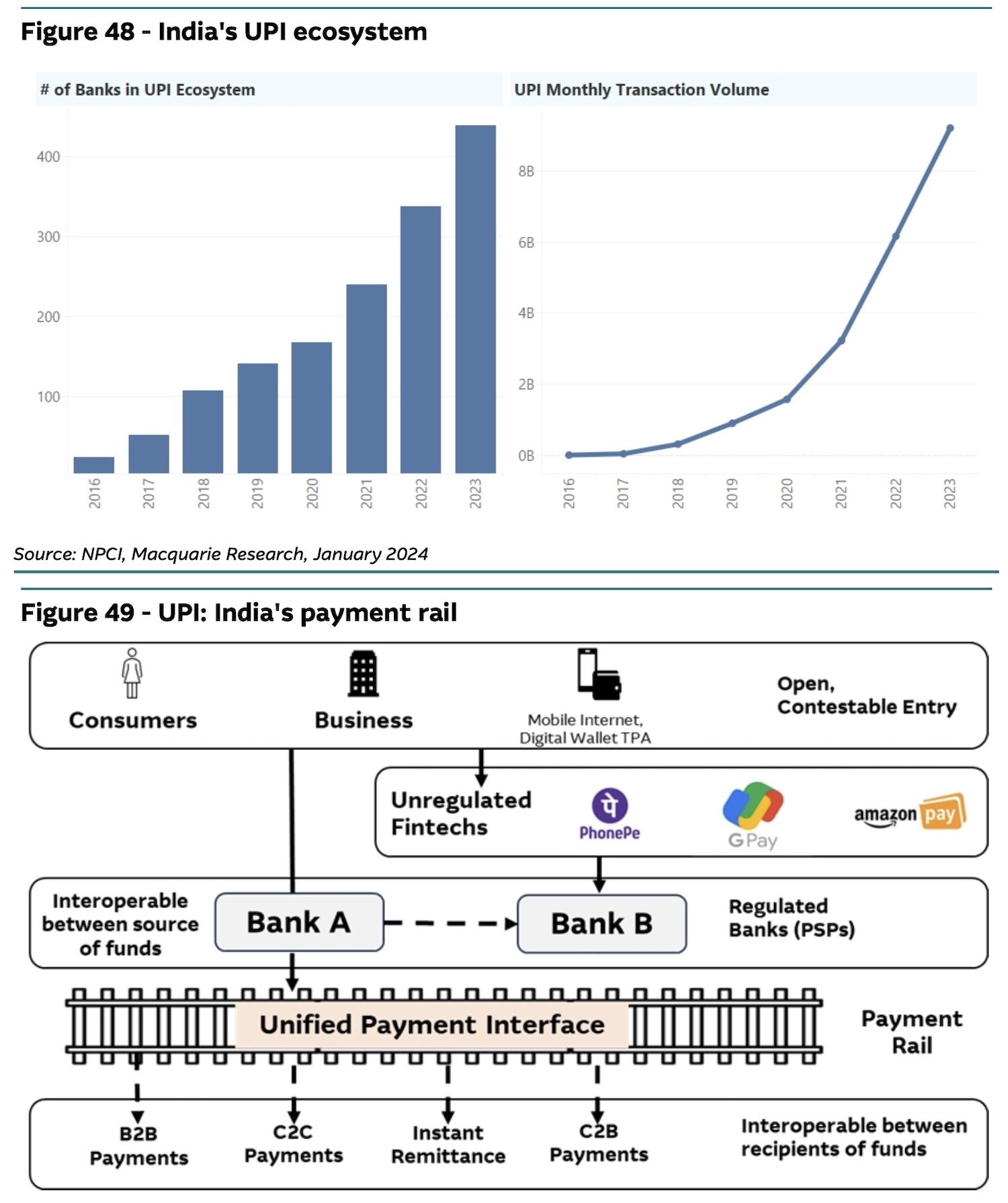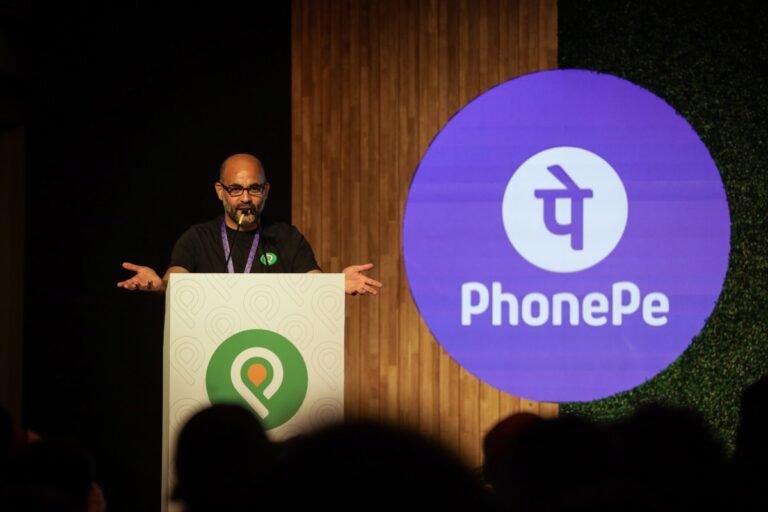India is facing a dilemma in enforcing long-delayed rules to curb the dominance of PhonePe and Google Pay over the country’s ubiquitous UPI payments network, which processes more than 10 billion transactions a month.
The National Payments Corporation of India (NPCI), a special unit of India’s central bank, wants to limit the market share of individual companies in the popular Unified Payments Interface (UPI) system to 30%, a long overdue effort to curb its dominance Walmart-backed PhonePe and Alphabet’s Google Pay, which together control over 83% of the growing payments market. But with rival Paytm now struggling after strict regulatory action, NPCI faces an acute challenge in chipping away at the top duopoly’s dominant share: It doesn’t know how to do it.
NPCI officials believe there is a technical hurdle to achieving the goal and have been looking to the industry for ideas in recent quarters, two sources familiar with the situation said. The NPCI, which has delayed enforcement of the rules until 2024, declined to comment on Tuesday.
Its dilemma came back into focus after a parliamentary committee asked New Delhi last week to support domestic fintech companies to counter the dominance of PhonePe and Google Pay. The recommendation came after the central bank directed Paytm to stop several operations at Paytm Payments Bank, the related entity that processes transactions for the financial services group.
India’s real-time digital payments system, UPI, has fundamentally changed the country’s payments landscape since its launch in 2016. The UPI network has around 500 banks, 70 million merchants and a monthly transaction volume of over 10 billion.
NPCI initially suggested (PDF) market share control to mitigate risks in the system and to “smooth out all transactions in the UPI ecosystem”. At the time of the proposal, PhonePe and Google Pay held less than 80% of the UPI market.


Image Credits: Macquarie
Brokerage firm Macquarie on Tuesday sharply cut Paytm’s 12-month price target on concerns that its lenders and customers may abandon the platform. Macquarie, whose price target implies a $2.1 billion valuation for Paytm (considering that Paytm has a cash balance of $1 billion), said the Noida-based company is “fighting for its survival”.
Paytm’s further loss of market share would benefit the top two, industry executives warned. Citing official data, the parliamentary committee said PhonePe had a market share of 47% and Google Pay 36% from October to November 2023.
Industry executives said the only way for PhonePe and Google Pay to comply with the 30% limit is to stop adding new users. Meanwhile, PhonePe continues to spend on marketing to gain more share.
India’s central bank, meanwhile, is starting to hint that perhaps some players owning UPI’s market share aren’t really a problem. RBI deputy governor Rabi Shankar said at a press conference last week that the central bank is not worried about UPI apps getting too big and how big one gets depends on the “market”.
“Market forces need to come into play so that this percentage is more evenly distributed. We will not intervene in the market process to ensure the 30% ceiling which is in any case an NPCI requirement.”
